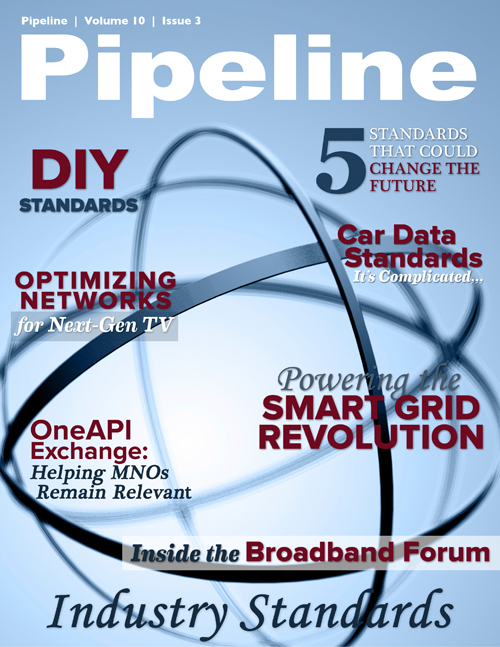Driving the Optimization of Networks for Next-Generation TV Experiences
By: Simon Frost

Ericsson’s vision of “the Networked Society” predicts that 50 billion devices will be connected via broadband, mobility and the cloud by 2020, and that more than 15 billion of those devices will be enabled for video. It also expects 90 percent of the traffic on global IP networks to be video by as early as 2015.
The explosion in fixed and mobile data is being driven by the proliferation of video-capable connected devices and the desire to view content anytime, anywhere. Research from Ericsson ConsumerLab shows that 67 percent of consumers have reported using IP-enabled mobile devices to watch television.
The importance of mobility when it comes to next-generation TV experiences can’t be underestimated. With that in mind, how can service providers, broadcasters and content owners meet consumer demand for “TV Anywhere” while accelerating innovation in consumer experiences and efficiently managing the delivery of video over any network?
Optimizing networks for video
The optimization and management of networks to accommodate the growing amount of video is a key priority for service providers and mobile network operators (MNOs).
We are moving toward a future in which television content will be delivered anytime, anywhere and on any device. If TV is to continue to be a premium experience worth paying for, service providers will need to find ways to innovate, deliver and unify that experience across multiple platforms and multiple screens. In the meantime, MNOs face a challenge to meet consumer expectations while seeking a balance between the economics of their networks and creating new opportunities for revenue growth.
LTE Broadcast
The introduction of LTE around the world is already preparing the ground for the explosion in video traffic. Ericsson’s Mobility Report stated that in mid-2012, LTE was estimated to cover 455 million people globally and by 2017 it is expected to cover around 50 percent of the world’s population. It is currently being deployed and built-out in all regions and will reach around 1.6 billion subscriptions in 2018; it will be the dominant technology in North America by 2018.
Ericsson LTE Broadcast, one of the services building on LTE networks, will enable new revenue models for premium media content, offering exceptional user experience while efficiently utilizing available LTE spectrum and operators’ network resources.
This solution enhances the video experience by offering quality video content for popular events with guaranteed delivery. It enables operators and their media partners to provide premium services with guaranteed quality and cost-efficient delivery over LTE, bringing with it new sources of revenue.
The Ericsson LTE Broadcast solution consists of three new technology standards:
- HEVC (High Efficiency Video Coding) - the new video compression standard promises to half the bandwidth required to transport video content compare to today's leading implementation of MPEG-4 AVC.
- MPEG DASH (Dynamic Adaptive Streaming over HTTP (DASH)) - simplifies and standardizes the adaptive delivery of video to consumer devices, ensuring a better quality of service, greater efficiency and opening opportunities for monetization
- eMBMS (Evolved Multimedia Broadcast Multicast Service) - a 3GPP standard that enables mobile networks to offer broadcast/multicast services dynamically to offload issues of popular content in dense consumption scenarios, reducing the cost of service delivery over the radio network and for backhaul.





















